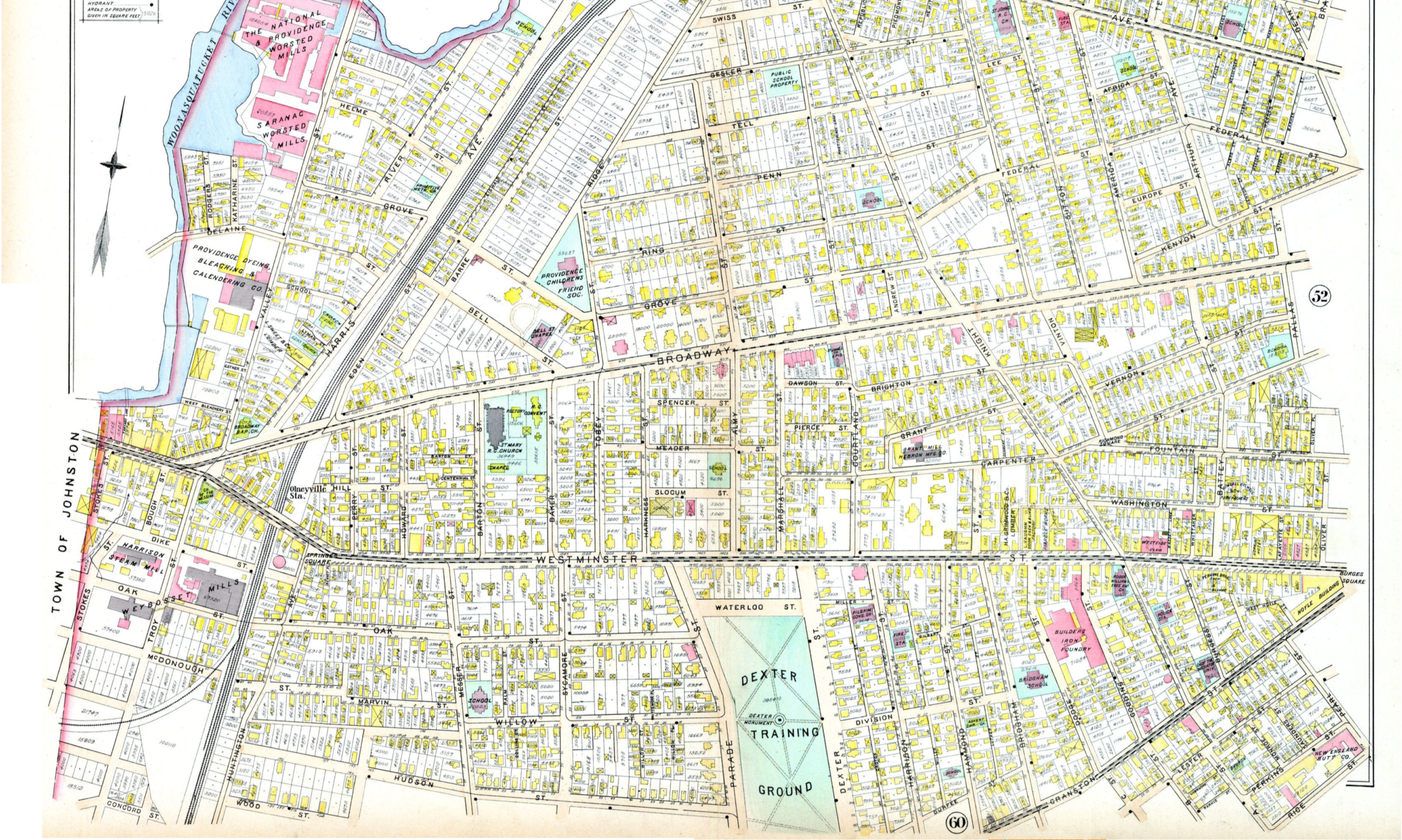I, like many people, have been enthralled this month by Wordle. Being data-minded, I have been yearning for a statistical analysis of what the best starting word is. I found something very close to what I was looking for in this piece, but unfortunately the author used a random dictionary word universe rather than one tailored to this game. Luckily a clever person scraped Wordle’s code and identified both the full list of answers and the full list of accepted words, and posted both on Github. So I went about replicating Bakhtiari’s work with this list. Here is what I found.
Letter distribution
In the thousands of programmed answer words, the letters of the alphabet have the following distribution in total, and distribution in each of the letter places (relevant for guessing a letter in the right location):
| letter | contain | 1st | 2nd | 3rd | 4th | 5th |
| e | 46% | 3% | 10% | 8% | 14% | 18% |
| a | 39% | 6% | 13% | 13% | 7% | 3% |
| r | 36% | 5% | 12% | 7% | 7% | 9% |
| o | 29% | 2% | 12% | 11% | 6% | 3% |
| t | 29% | 6% | 3% | 5% | 6% | 11% |
| l | 28% | 4% | 9% | 5% | 7% | 7% |
| i | 28% | 1% | 9% | 11% | 7% | 0% |
| s | 27% | 16% | 1% | 3% | 7% | 2% |
| n | 24% | 2% | 4% | 6% | 8% | 6% |
| u | 20% | 1% | 8% | 7% | 4% | 0% |
| c | 19% | 9% | 2% | 2% | 7% | 1% |
| y | 18% | 0% | 1% | 1% | 0% | 16% |
| h | 16% | 3% | 6% | 0% | 1% | 6% |
| d | 16% | 5% | 1% | 3% | 3% | 5% |
| p | 15% | 6% | 3% | 3% | 2% | 2% |
| g | 13% | 5% | 1% | 3% | 3% | 2% |
| m | 13% | 5% | 2% | 3% | 3% | 2% |
| b | 12% | 7% | 1% | 2% | 1% | 0% |
| f | 9% | 6% | 0% | 1% | 2% | 1% |
| k | 9% | 1% | 0% | 1% | 2% | 5% |
| w | 8% | 4% | 2% | 1% | 1% | 1% |
| v | 6% | 2% | 1% | 2% | 2% | 0% |
| x | 2% | 0% | 1% | 1% | 0% | 0% |
| z | 2% | 0% | 0% | 0% | 1% | 0% |
| q | 1% | 1% | 0% | 0% | 0% | 0% |
| j | 1% | 1% | 0% | 0% | 0% | 0% |
Best starting words
I put my finger on the scale here a little bit to focus on words that are common enough that it doesn’t feel like cheating to guess them, even if they’re acceptable. Your results may vary if you have different standards.
Another strategy I like to use is treating the second word like a starting word: ignoring what I learned from the first word and hoping to get sufficient information from the first 10 letters to stand a better chance of guessing the final word on the 3rd try.
There are several metrics that one could use to determine what the optimal starting word is, so here are a few options for you:
| First word | Rank | Reason | Best 2nd word | Next 5 letters after |
| IRATE | 1 | Best score combining probabilities for yellow and green results | LOCUS | NYHDP |
| LATER | 16 | Next best score combining probabilities for yellow and green results, only considering common words for each of first 2 words. The differences in probability among the top words are so minor relative to the brain work of solving the puzzle that going with #1 is really not that important unless you feel compelled to. | ICONS | UYHDP |
| RACED | 79 | Highest chance of getting a green while only using the top 15 letters by overall frequency (CABER is marginally better but B isn’t that common overall) | TOILS | NUYHP |
| ADIEU | 1295 | My old starting word. If you’re going to maximize your vowels on the first word this is still a good one, but that’s not necessarily a good strategy for getting the most information you can. | SCORN | TLYHP |
Here’s my work if you’re interested. Hope this post gives you what you’re looking for and have fun solving the puzzles!





